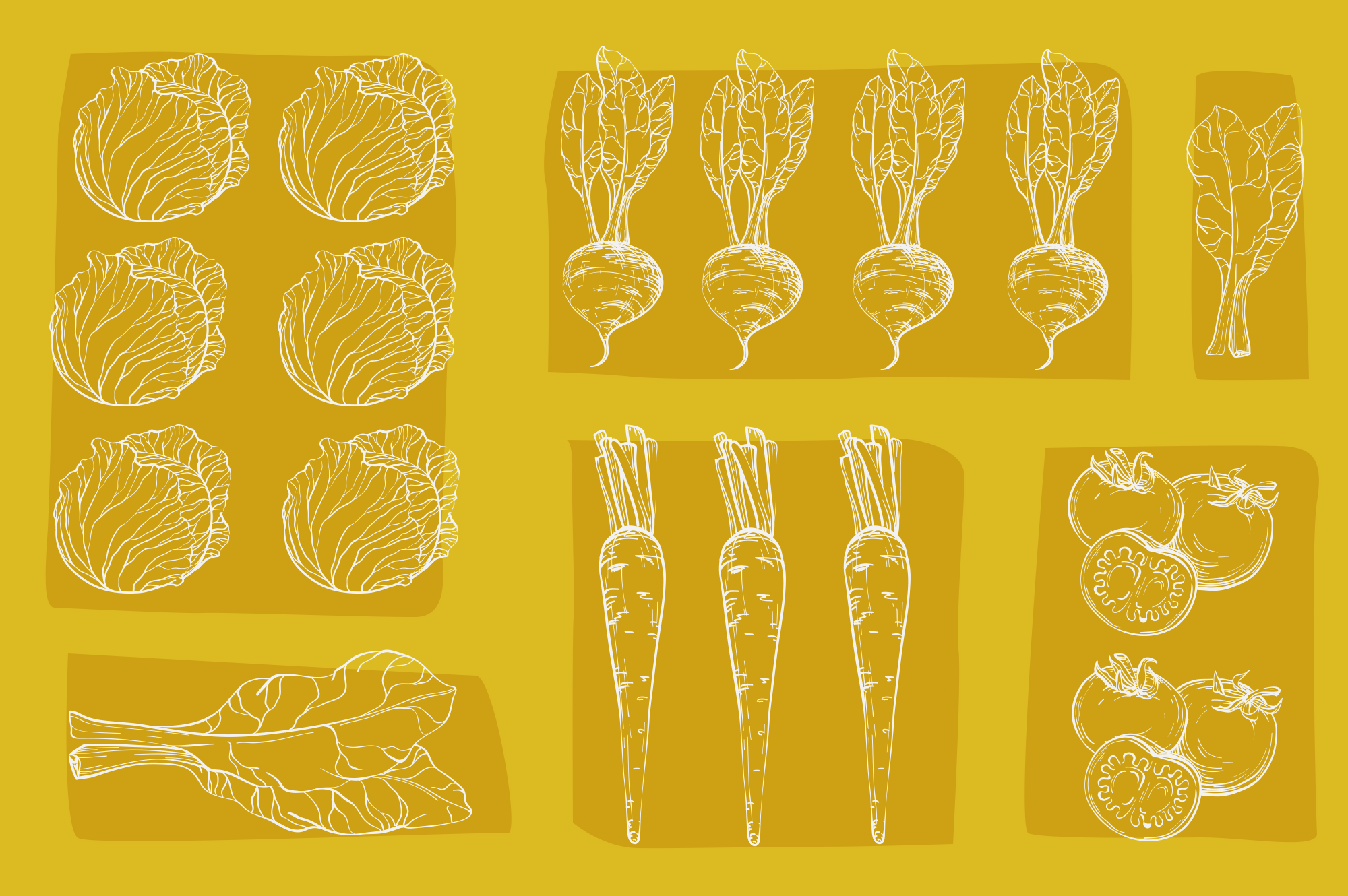Your cart is currently empty!

Vegetable Garden Tips For Beginners

Growing your own vegetable garden is a smart way to save money on food, and it’s also an excellent way to reduce your carbon footprint. But if you’re new to gardening, you may feel overwhelmed by all the decisions and steps that need to be taken.
Luckily, there are many time-tested vegetable gardening tips you can follow to get started. And even if you’re a veteran gardener, these tips can help you to be more productive and successful in your vegetable gardens.
Sunlight
Whether you’re a gardening veteran or just starting out, sunlight is crucial to your garden’s success. The plants in your vegetable garden are food machines, and they crave the energy that sunlight gives them to grow strong, healthy, and productive.
Fruit-producing vegetables such as tomatoes, peppers, cucumbers, melons and beans need full sun to grow and produce the best crops. They also use the sun’s energy through photosynthesis to create new carbohydrates, which are essential for their growth and health.
However, some leafy vegetables, herbs and cold-loving veggies thrive in less sun. This does not mean you cannot have a successful veggie garden, but it might take a little trial and error to determine which plants are suited for partial shade in your yard.
For your veggie garden to be successful, find a spot where the entire area receives at least 6 hours of sunlight daily. You can also plan beds so that taller crops do not shade shorter ones.
Soil
Soil is a vital component of any vegetable garden. It provides warmth, air, water and nutrients for the plants to thrive. It is made of mineral materials broken down into particles smaller than pebbles, organic material (mainly formerly living organisms), and humus.
Most vegetables grow best in soil that is rich and deep. This is why it is often necessary to amend your soil prior to planting.
When amending your soil, add plenty of compost and other organic matter such as shredded leaves or ground or rotted manure. This will break up heavy clay soils and bind sandy soil together, increasing its structure and nutrient content.
Nitrogen, phosphorus and potassium are the main nutrients that all vegetable plants need. The numbers on fertilizer labels represent these three nutrients.
Water
Water is one of the most important factors in a vegetable garden. It keeps the plants healthy, promotes a bountiful harvest, and prevents disease and pests.
Generally, in-ground vegetable gardens need one to two inches of water per week from rainfall and irrigation combined. Containers and raised beds need even more.
Temperature, soil type, and plant maturity also affect the amount of water needed. For example, a tomato plant that produces fruit needs more water than a salad green or leafy veggie.
During hot weather, shallow-rooted veggies such as cucumbers, beans, broccoli, radishes, and cabbages need frequent watering because the top few inches of soil dry out quickly. Deep-rooted veggies such as tomatoes, summer squash, and eggplant have deeper roots that can tap into lower water reserves to stay hydrated.
Pruning
Pruning is the process of selectively removing parts of a plant – branches, buds or roots – to enhance air circulation, train a plant to grow in a certain way, improve fruit and flower production, or remove dead or damaged sections.
Pruning promotes growth stimulation and increases yields by boosting the number of fruits a vegetable plant produces and increasing their size, quality and quantity. This is particularly true for vegetables that are vine-grown such as cucumbers.
Tomatoes, beans, peas and other bushy plants should be pruned only when they reach a height of at least six inches. This will encourage more fruit set, help a tomato plant maintain a balanced growth habit and prevent the wilting of tomatoes during hot weather.
Carrots and leafy greens are also a special case as they do not need pruning but may benefit from thinning (ie removing crowding, weaker plants). They don’t produce seeds until their second growing season, so you should be able to get a few more harvests without having to resow the seeds.
by
Tags: